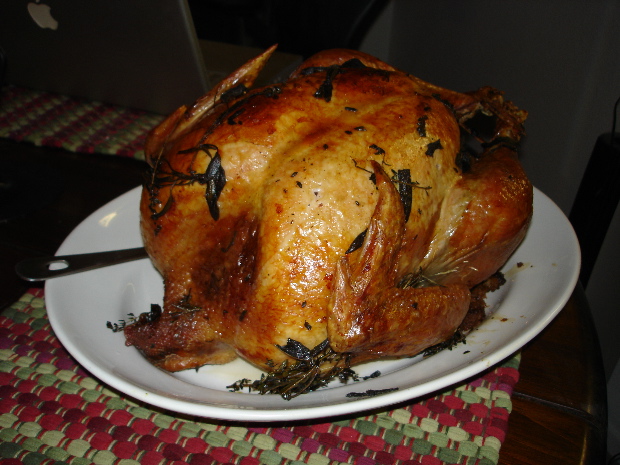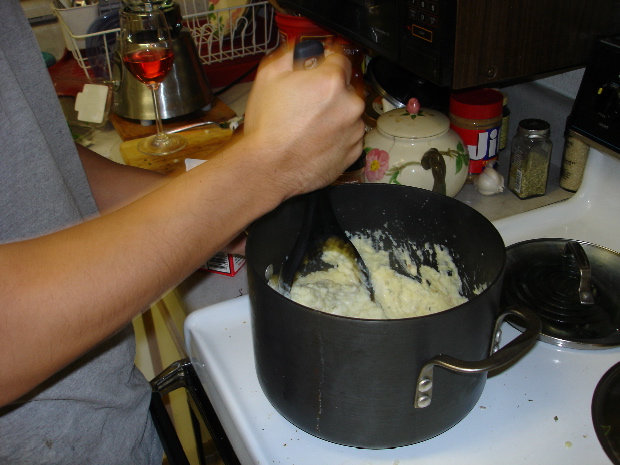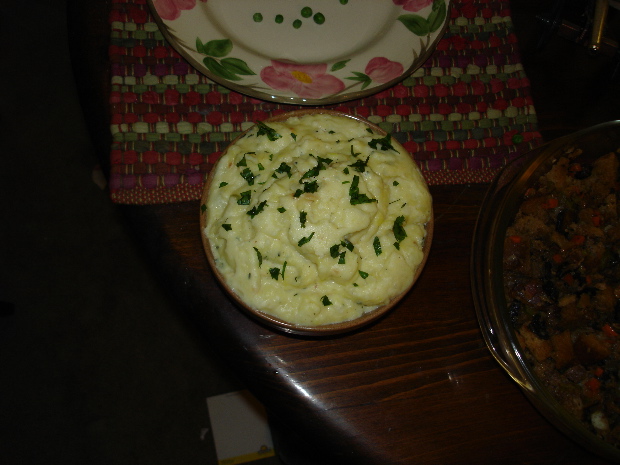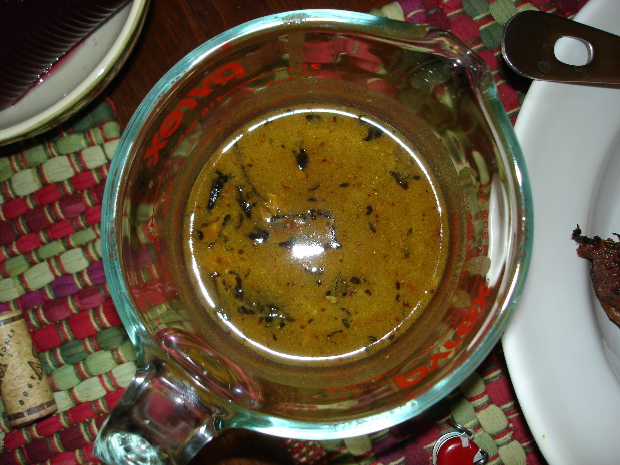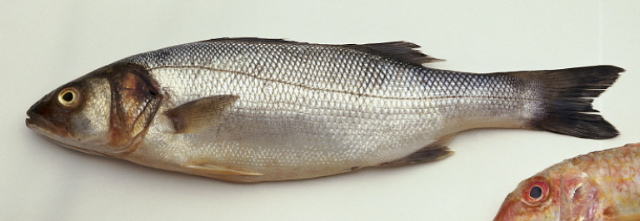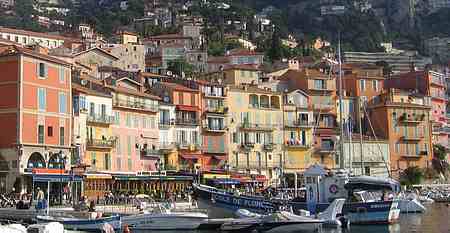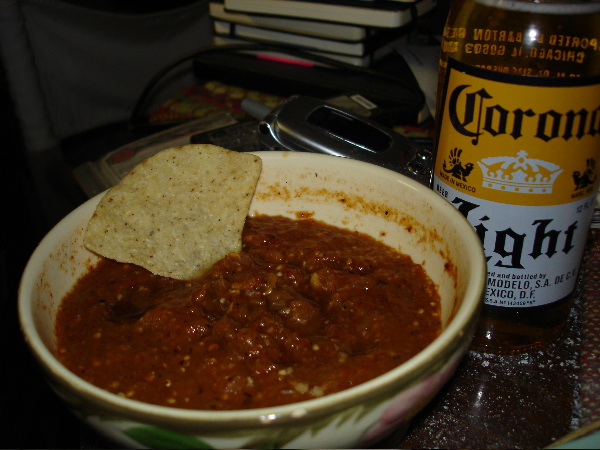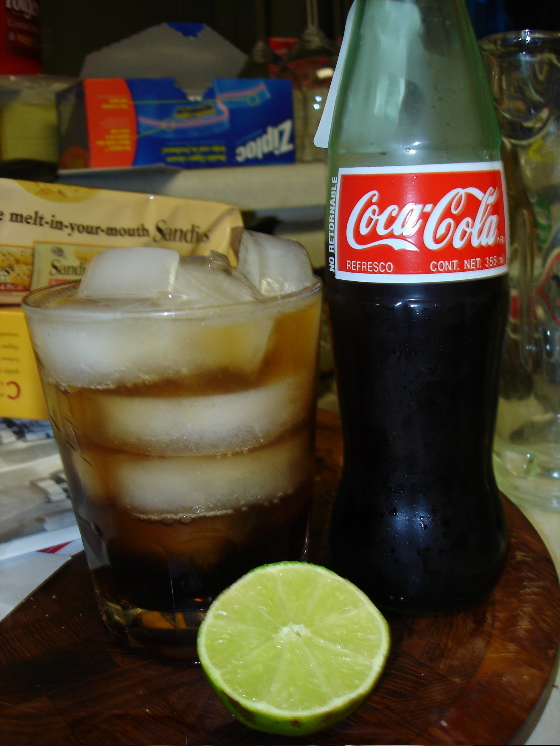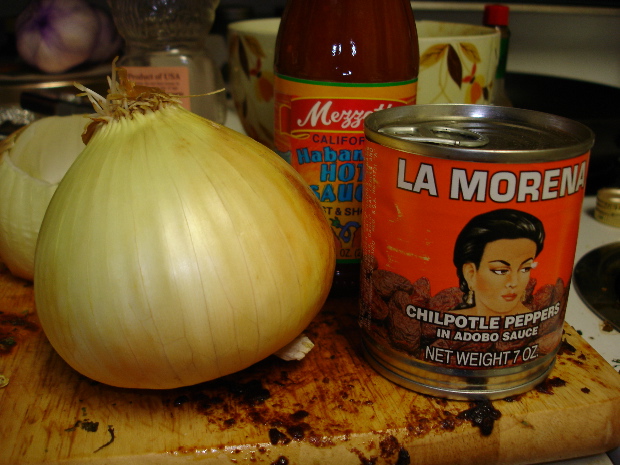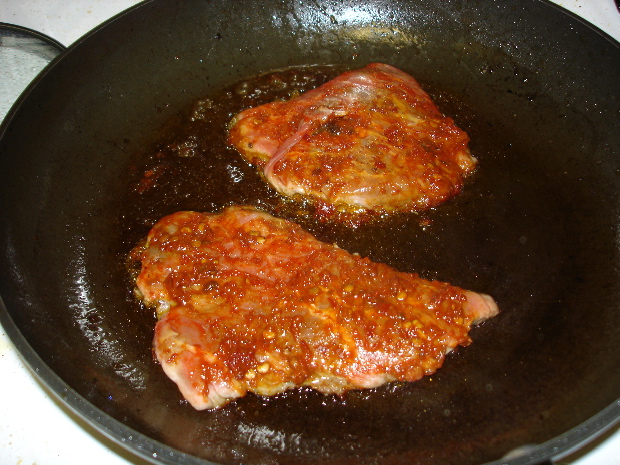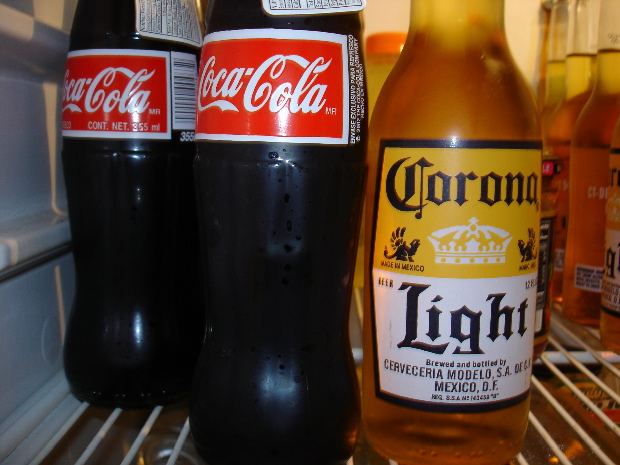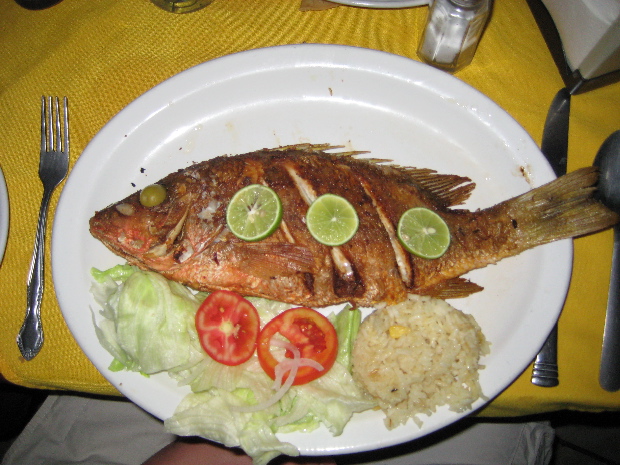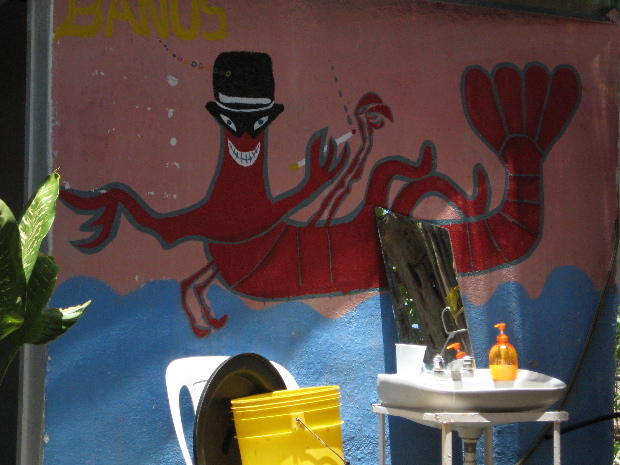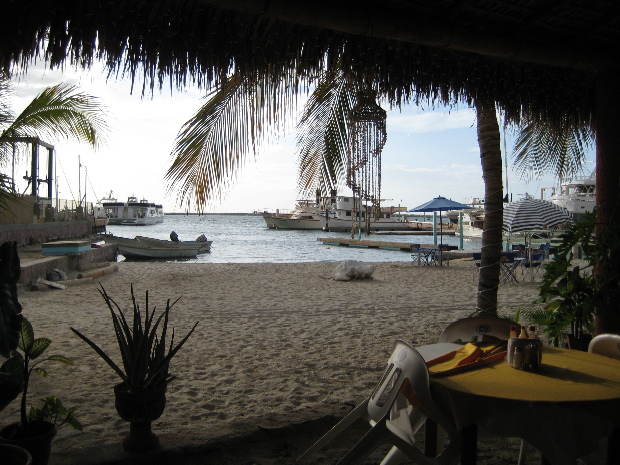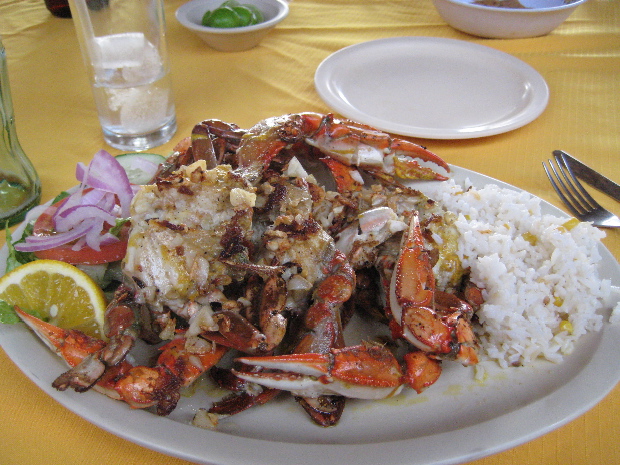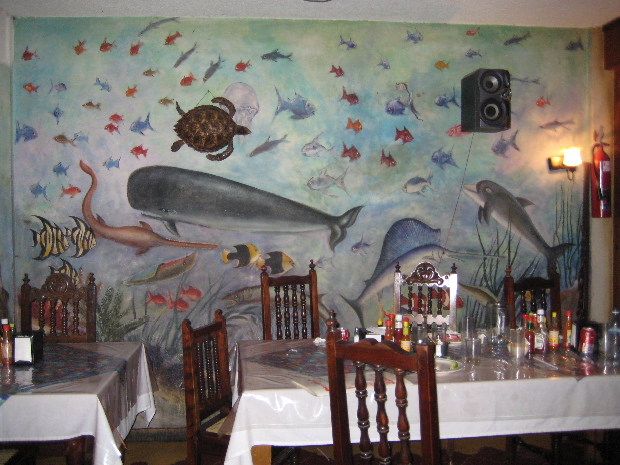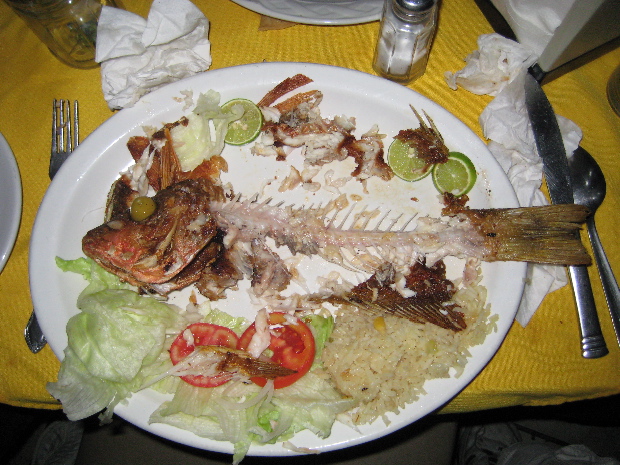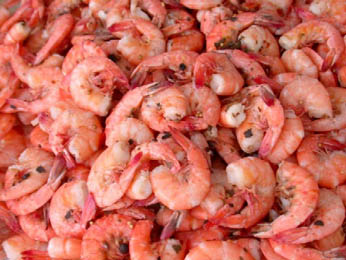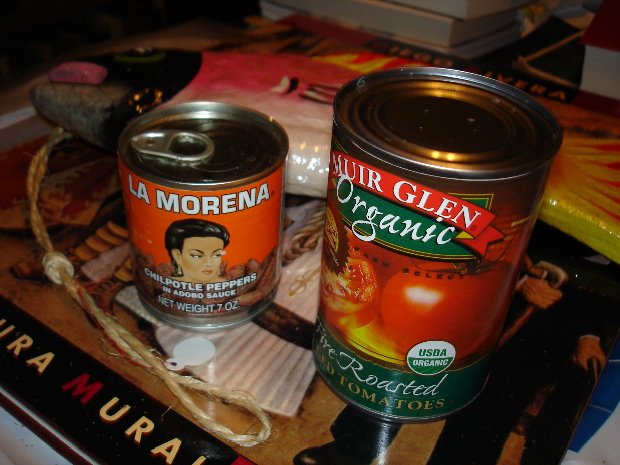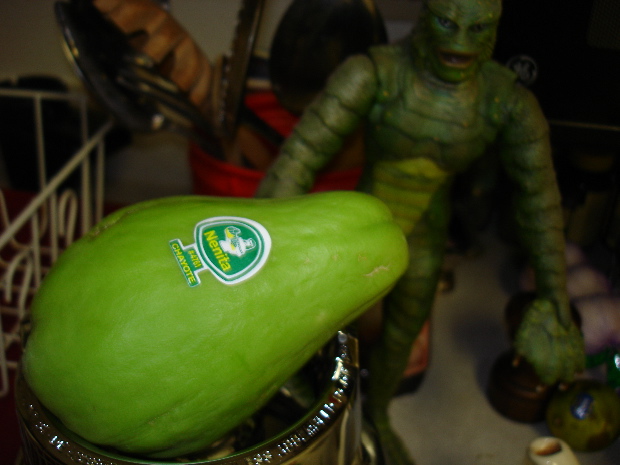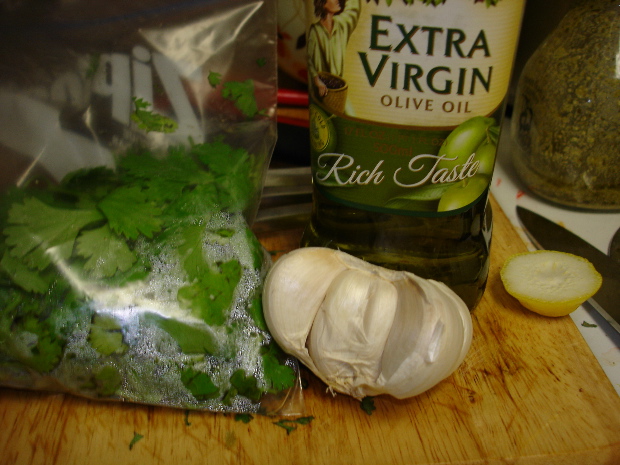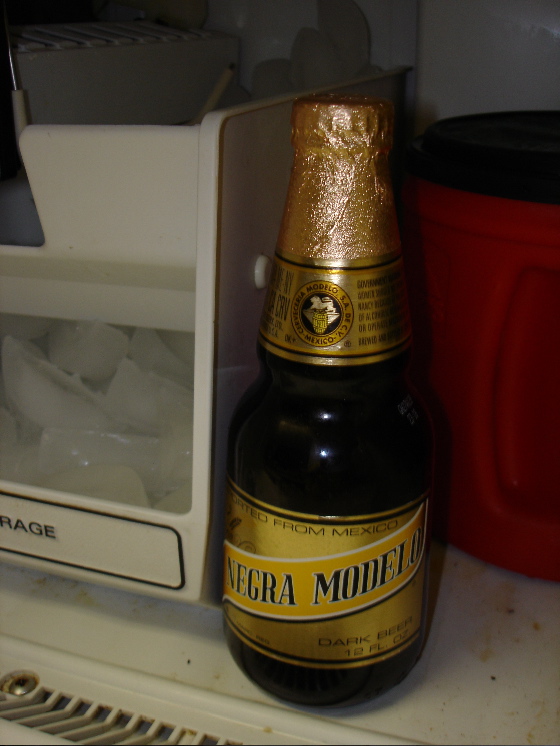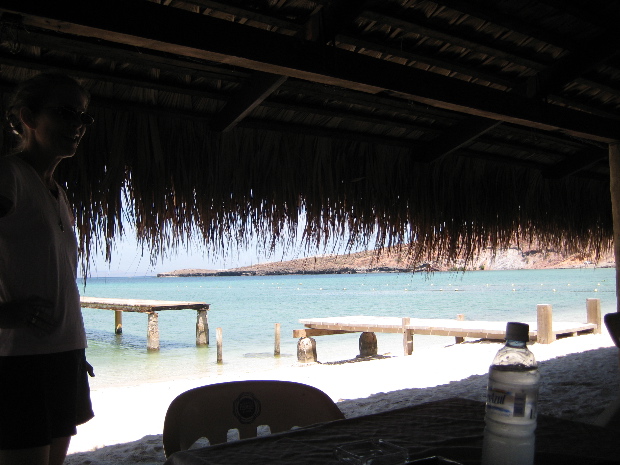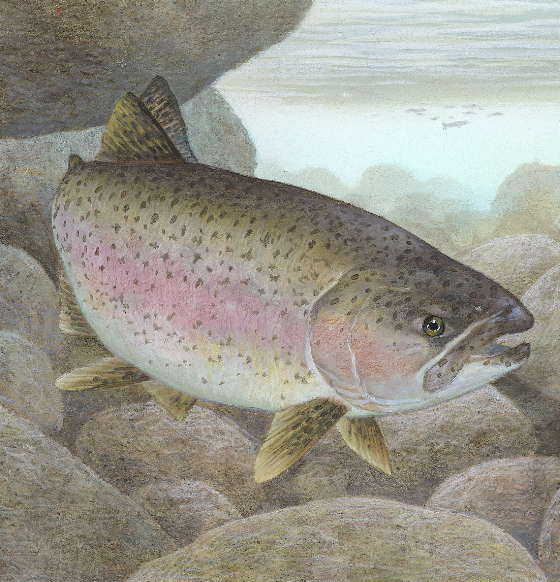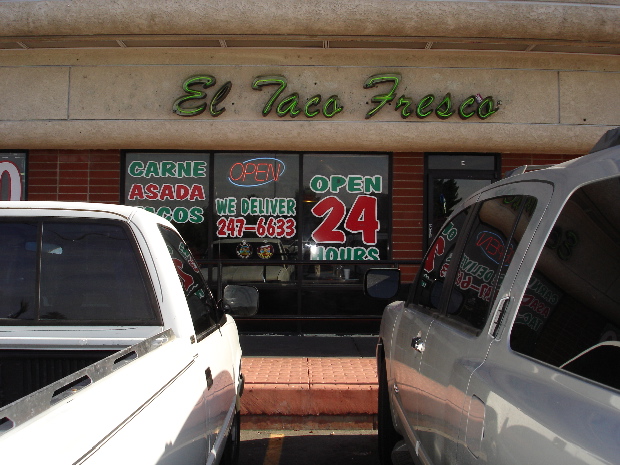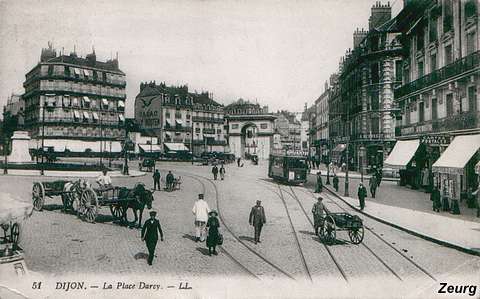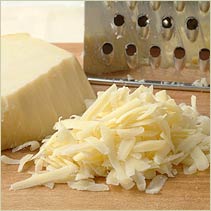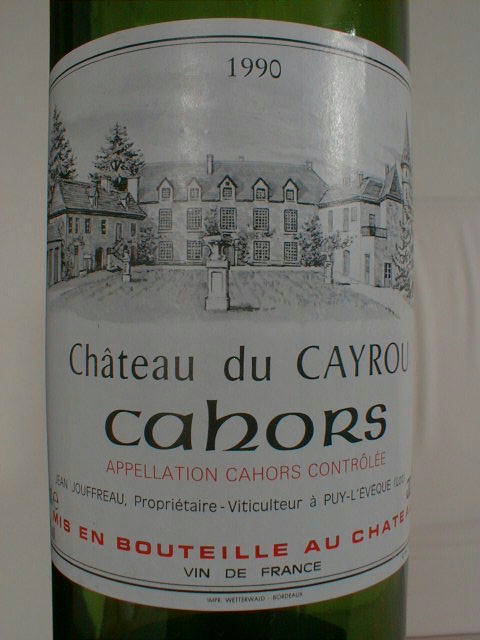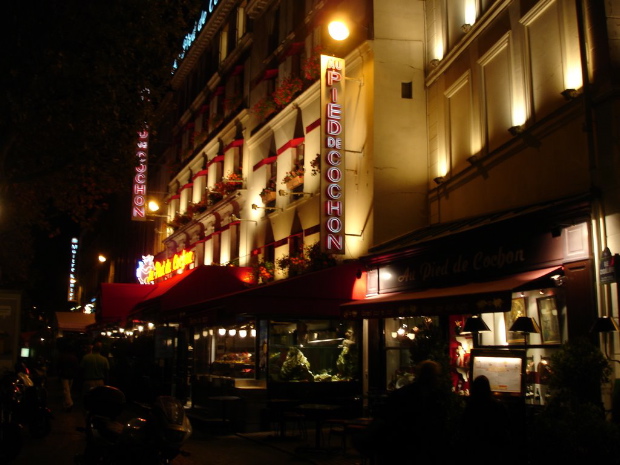
I
have no memory whatsoever of my first view of Paris — what I must have
seen of it on a cab ride from the airport to my Left Bank hotel in the
winter of 1983. I have a vague memory of the view from the hotel
room, a charming chamber up under the eaves of a small, venerable and recently
refurbished establishment near the École des Beaux Arts. I
looked out over the rooftops of Paris, which reminded me of Paris in
the movies, but I'm not sure what else I saw, besides possibilities.
I arrived at the hotel late at night but my companion, who'd been to
Paris before, knew a restaurant
that was open 24/7, one she was fond of, and we went there. It
was at the edge of Les Halles, the site of the legendary produce
market. The market had long since been moved to the outskirts of
Paris and was then
just a ghost of itself, but the restaurant, Au Pied de Cochon,
which had been there in the glory days of Les Halles, remained. It opened in 1946 and has not closed its doors
since. Once, obviously, it served the all-night workers and
truckers of Les Halles when it was a functioning market but people
still made their way to it at all hours of the night. There was a
small crowd there when we arrived sometime after midnight. I had
a sense that many of them were musicians grabbing some food after an
evening's gig, though I'm not sure at this remove what made me think so. Perhaps
one of them was carrying an instrument in a case. Perhaps one of
them pulled out a guitar and sang some snatches of a song.

The restaurant was rather plain in those days, even shabby, reflecting
its original working-class milieu. It has been remodeled at least
a couple of times since then — it has an unfortunate faux-Belle Époque
décor now (see above) but still isn't particularly fancy.
It specializes, as its name suggests, in pig's feet and other rustic
fare, and also in shellfish, which seems to be de rigeur for all-night
restaurants in Paris.
It had a wide selection of raw oysters, and I ordered a dozen Belons,
the small, tangy oysters of the Breton coast that have a considerable
reputation. When the round tray of them arrived at the table,
they created my first intense visual memory of Paris. The opened
oysters and some cut lemons were nestled on a bed of ice decorated with sprigs of
seaweed. The tray was placed on a
wire rack directly in front of me, giving me a good view of and
easy access to the oysters. On a plate in a holder built into the wire rack beneath the tray was a
small bowl of red wine vinegar and finely chopped
onions, some slices of brown bread and some butter. The oysters
in the picture below are not Belons — I offer it just to show the
general set-up.
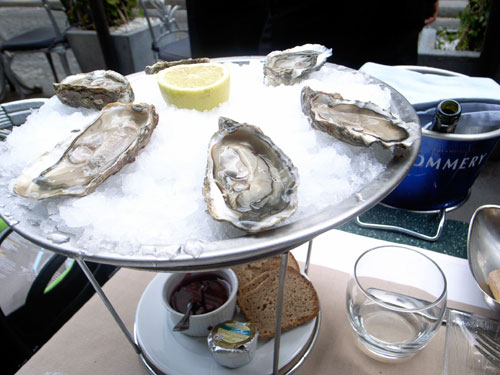
I revere oysters extravagantly. To see them served in such an
exalted way stirred my deepest admiration. (I had never seen such
a presentation in an American restaurant, though now it's fairly common
in upscale French eateries.) They were the
tastiest, most mysterious oysters I had ever eaten. I ordered
twelve
more.
Several times in the preceding few hours I had thought to myself, “I'm in
Paris!” But I didn't quite believe it. Halfway through the
second tray of oysters, I believed it.
Next February, it will no longer be possible to smoke in Parisian
restaurants, so I will most likely never go back to Au Pied de
Cochon. This is not altogether a bad thing. The places you
love that you can never return to are also places you can never
leave. They become part of your own small portion of eternity.

